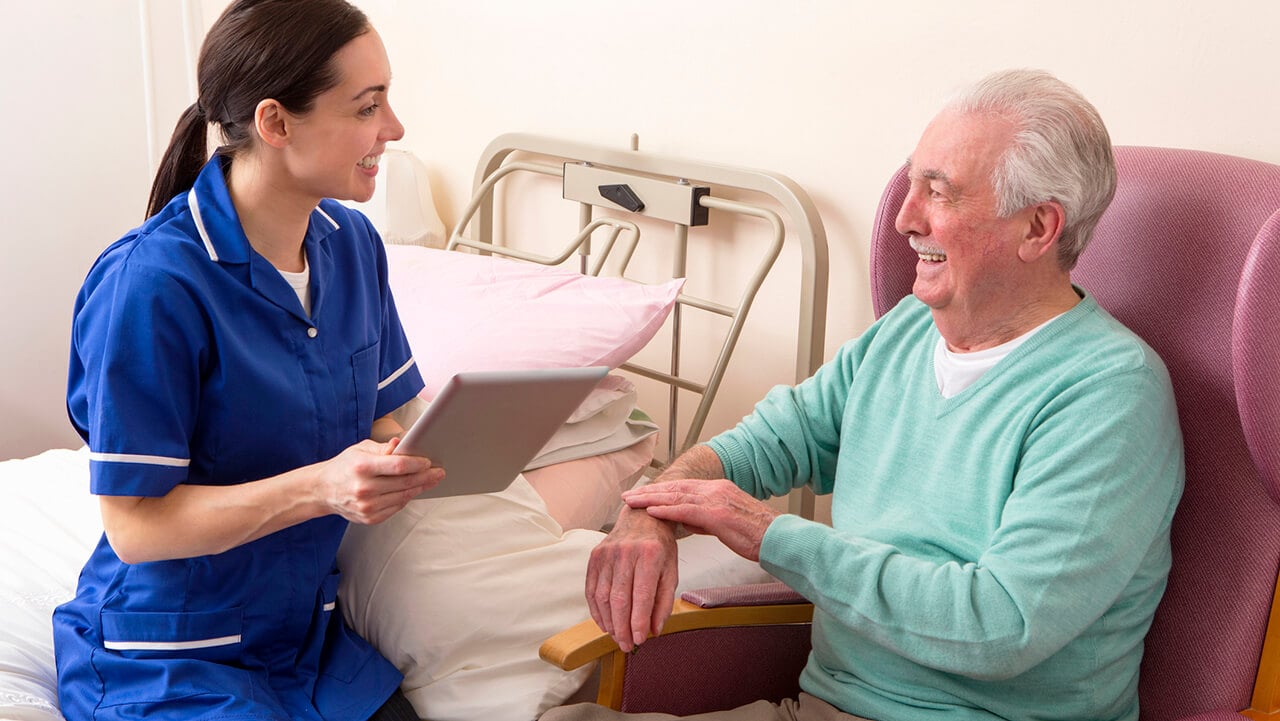Quality Versus Quantity in Patient Rounding
The roots of patient rounding can be traced back to a medical center in Birmingham, AL in the late 1980s.2 After many years of this concept in...

Technology plays an integral part in the way healthcare organizations do business today. It allows hospitals to quickly address patient needs while adhering to value based service models. There are many rounding products on the market that boast ease of use, scalability, and efficiency. While all important, how does the product deliver on those promises?
Rounding software should not add work to already overworked staff. Instead, it should work with you to lessen the administrative burdens and enable healthcare providers to focus on the patient. Here are five ways rounding software should work with you to make rounding fun and successful.
Rounding software should reflect the natural interactions between patients and hospital staff. Most survey and audit tools are digital adaptations of previously utilized paper forms, maintaining the same navigation and user interaction that goes hand in hand with completing them.
Download your complete guide to 'Sustaining Nurse Leader Rounding' eBook
When interacting with patients, hospital staff should be able to easily skip around and answer questions in a non-sequential way. This frees up hospital staff to have casual conversations with patients. The collection of data becomes less rigid and more comfortable and friendly.
Rounding software should be simple to use with screens that are smart, intuitive, and easy to understand. Large buttons, vibrant colors, and simplistic layouts contribute to the simplicity of the application. A rounding software that is simple and truly easy to use will be technology that users adopt and sustain the solution.
Rounding software should be flexible and adapt to organizational and priority changes. Hard coded solutions do not provide the flexibility needed to implement these changes quickly. The rounding software should be built on a framework that utilizes configuration to meet various needs. Configurability translates into front-end user changes that enable businesses to maximize their ROI with minimal technological or human capital.
Rounding software should provide consistent usability across the organization. The value of consistency is seen when developing training on the application or cross training functional areas. The training curve is limited and staff efficiency increases because they know what they are looking at, even when it’s new data.
A rounding software should be secure. With the move to mobile devices, the need to keep the data secure is increasingly important. Rounding technologies must stay ahead of the curve and provide unsurpassed levels of data security and integrity.
Technology has provided advances in the healthcare industry to help organizations work faster, easier, and smarter while accomplishing an end goal of increased quality and patient satisfaction. Selecting the right software to work with you for your rounding needs will operationalize your organizations best practices, while easing the burden of patient rounding.
Lauren Walling
Lauren Walling is a graduate of Emory University with a degree in Industrial Psychology, as well as an MBA from the John Sykes School of Business from The University of Tampa. She currently sits on the Board of Fellows at the University of Tampa, and is a member of the Healthcare Business Women's Association, National Association of Professional Women, and the Morton Plant Skip Cline Society. Lauren works with large Healthcare Systems implementing Patient Experience Solutions that streamline processes, increase patient experience and improve quality and safety.

The roots of patient rounding can be traced back to a medical center in Birmingham, AL in the late 1980s.2 After many years of this concept in...

It’s 2018 and technology is everywhere … or is it? Across the country there are hospitals and healthcare organizations that continue to choose to...

Hospital systems are focusing now more than ever on improving the experiences of patients and their families, as their “inpatient” providers are held...